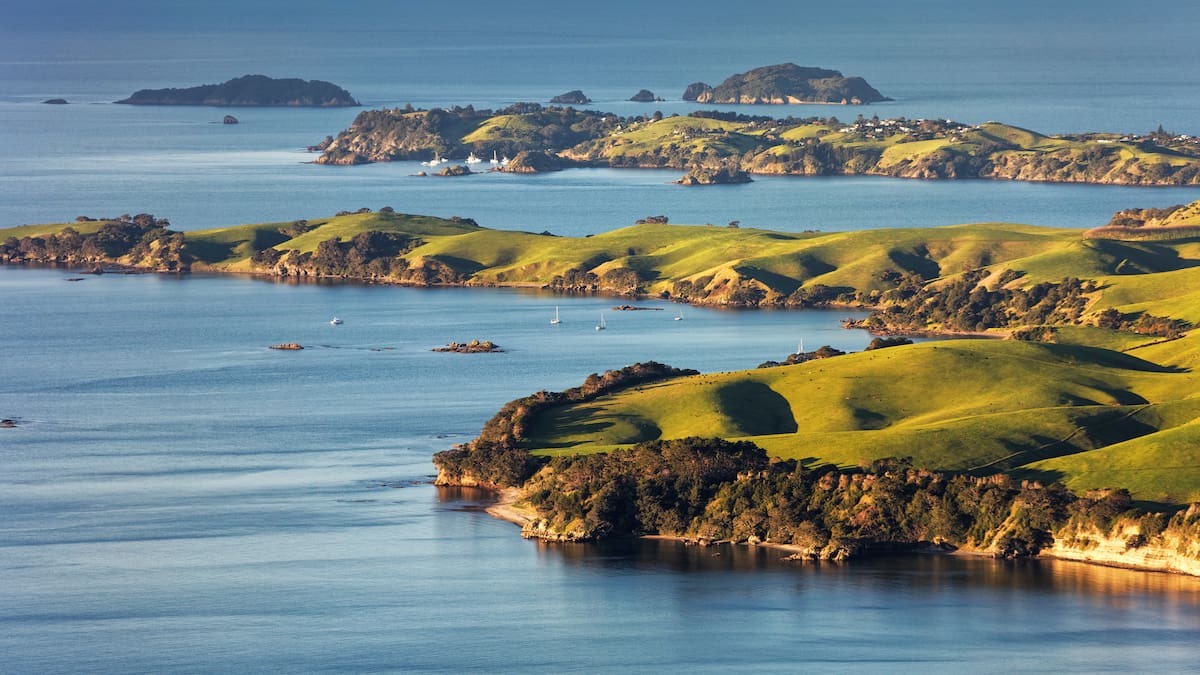“We’ve got people coming from Kaitaia, Ahipara, Tauranga, Whitianga, Waikato, all over the show. We’ve got guys putting their boats on trailers, getting on the ferry from Waiheke and Great Barrier and coming over. So it’s going to be a lot bigger than I guess even when we initially hoped.”
Even New Zealand’s best-known recreational fisher, Matt Watson, was backing the protest with an online message of support. Fisheries Minister Shane Jones was less enthusiastic, telling First Up he’s unsure who the organisers of the One Ocean Protest are, but he thinks they’re unhappy with the Hauraki Gulf Marine Protection Act.
“My message to the recreational fishing industry is that their leadership, in particular LegaSea, was originally involved in the establishment of these marine restricted areas, which is impeding recreational fisheries in the Hauraki Gulf. So it’s a bit late for them to cry now, given their own leaders signed up to this policy some years ago.”
Fisheries Minister Shane Jones. Photo / Samuel Rillstone, RNZ
LegaSea is a recreational fishing lobby group. Chissell said the One Ocean Protest was a separate entity.
One of the issues Chissell and One Ocean were protesting was the decision to allow some commercial fishing in two of the 12 high protection areas in the Hauraki Gulf.
Tiff Bock, of Seafood NZ, said that would have minimal impact on the fishery as it’s limited to five ringnetters targeting kahawai and mullet over the winter months.
“It really is small scale. They go to a little bay and they set a net that is less than a metre deep and they circle it around the fish and then they pull it back in by hand. So we’re not talking big areas here.”
Chissell’s position was that if the Hauraki Gulf was so badly depleted that areas needed to be shut off, then no one should fish them.
“The issue is not the size. The issue is the precedent that they can potentially set for these kind of things going forward, and with what they have done in the past and the promises that have been broken, there is no trust.”
The protesters were also concerned by a Fisheries New Zealand proposal last month to allow marlin bycatch to be sold commercially.
At present, commercial fishers couldn’t target marlin, and any that were accidentally caught must be returned to the water dead or alive.
Bock said that needed to change.
“It’s really common sense to say, we have cameras, we can verify that they’re only bringing back the ones that they’ve caught that are already dead. Why waste it?”
But recreational fishers were wary. Chissell cites the example of broadbill swordfish. He said when bycatch was approved for sale in 1991, the rate of accidental capture drastically increased.
Broadbill was eventually added to the quota management system, allowing it to be caught commercially.
“At its peak in the early 2000s, there was 900 tons a year of swordfish being taken from New Zealand waters. This will happen with marlin if they are allowed to add any kind of commercial value to it.”
Jones was due to meet a group of recreational fishers on Sunday to discuss the issue.
“There’s a lot of old wives’ tales being thrown around,” he said. “There’s no intention to introduce marlin into the quota management system.”
Chissell said the protest was not against commercial fishing.
“At the end of the day, I know they want what we want as well. They want the same thing. No one wants to completely strip the ocean of every single fish. We all just have different opinions on how we do that, different values.”
But he’s determined to ensure recreational fishers’ voices were heard in fisheries management, even if it meant more protests.
“Everybody needs to have valuable input and be listened to. That’s the main thing. Because if you don’t, the next one we do is going to be bigger, and then if that doesn’t work, the next one we do is going to be even bigger to the point it starts getting international recognition. We’ll do it if we have to. It’s tiring, but I’ll do it.”

